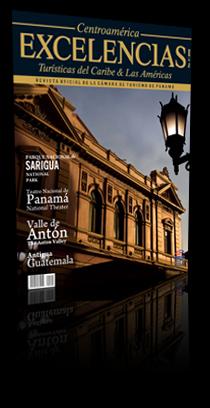Heart of the Antigua Guatemala
The grandeur of its colonial past peeks through the fountains, squares and monuments of an ancient city that has for centuries lied next to the Agua Volcano
Sauntering around Antigua Guatemala is like turning back time. The colonial splendor of its early days is still alive in its cobblestone streets, squares, convents and buildings. Beautifully-carved porticos, lovely bronze-cast knockers, gorgeous stone fountains. Everything seems to be trapped in the old times. Even its inhabitants, wearing their motley hand-woven garments, make travelers believe they are back in 1543, the year the city was founded under the name of Santiago de los Caballeros.
Behind that peaceful and quiet ambience, Antigua Guatemala conceals its condition of a city that stands atop tectonic plates, whose restlessness has through the years triggered a number of earthquakes and volcanic eruptions that forced the residents to move out of the original settlement on three different occasions during the colonial rule. From atop the Cerro de la Cruz, visitors may take a bird’s-eye view of the entire city, perched on the Pachoy Valley and hemmed in by three volcanoes: Agua, Acatenango and Fuego.
Antigua was the New World’s first designed city, mapped out under a well-checkered urban layout by Italian architect. Juan Bautista Antonelli in 1542 and whose steppingstone was on the Main Square, the site from where the burg grew and expanded. In religious-oriented buildings alone, Antigua managed to add 38 shrines and convents, 15 oratories and chapels, many of which have now become pilgrimage grounds, like the Mercy Temple and Convent –one of the finest in Antigua built in 1546 and featuring three domed naves whose interiors boast the city’s largest fountain.
Like any other city, Antigua is blessed with classical views that single it out, like the Santa Catalina Arch.
This monumental landmark that stands over the street was built in the late 17th century with the sole purpose of giving clustered nuns access between the two wings of the convent without having to step out onto the streets.
Volumes of that pre-Hispanic past are also spoken by the water tanks or public washers under the shadows of porches –still in use by today’s local residents- or by the stick looms in which women still weave gaudy fabrics into amazing garments, or by the famous Cathedral, so many times rebuilt since the 16th century and that still flaunts its five vault.













